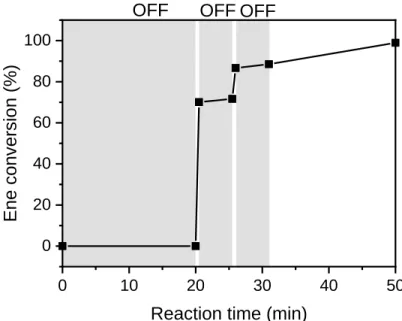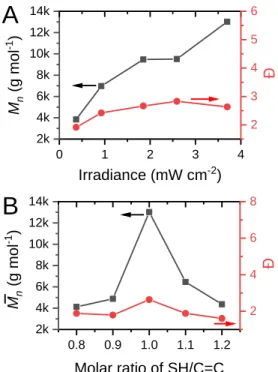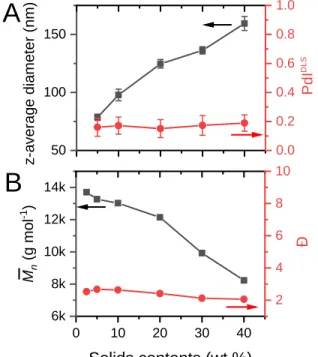Ab Initio Batch Emulsion Thiol–Ene Photopolymerization
Texte intégral
Figure
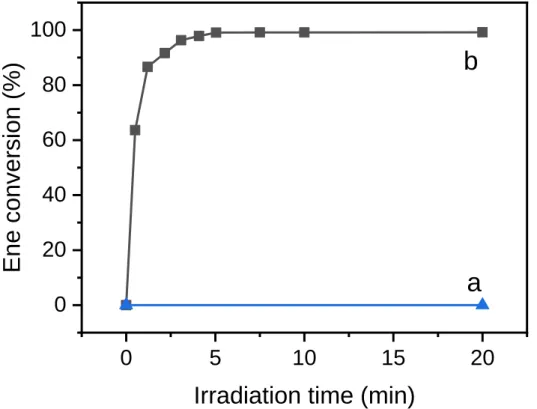
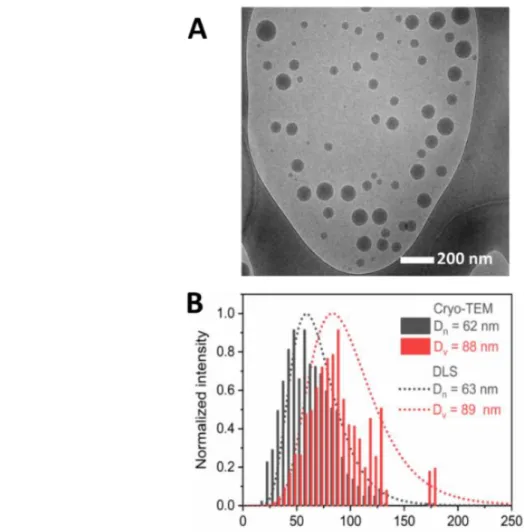
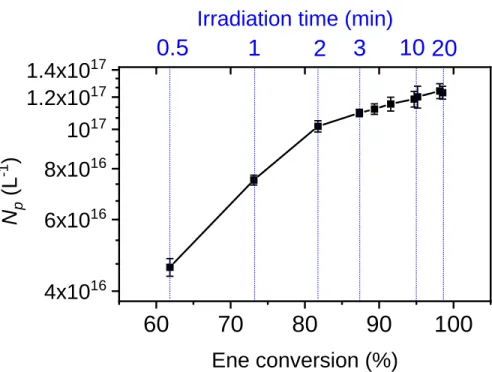
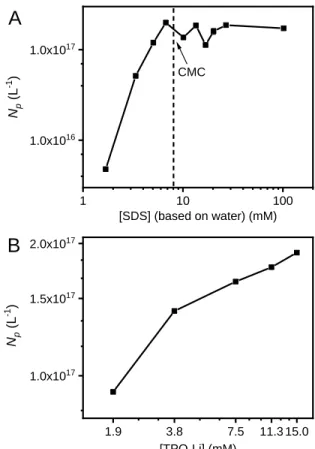
Documents relatifs
In fact, zero-one systems generally concern small particles (for which the rate of radical entry is low and the rates of radical desorption and termination are
Where M W is the monomer molecular weight, ρ is the monomer density, kp is the propagation rate coefficient, [M ]p is the concentration of monomer in the polymer particles, NA
Whereas the reaction between tBAP and silane monomers BP3DM2Si occured in good yields, and further polymerization led to peroxide grafted silicone polymers, grafting of the
Miniemulsions containing a weight fraction of 20 wt% in DAP (diene) and EDDT (dithiol) monomers have been obtained in three stages: firstly, the preparation of an
In conclusion, the thiol–ene cross-linking method affords the preparation of bio-based aliphatic polycarbonate networks presenting a wide range of mechanical properties depending on
The flowrates are discretized along the time by piecewise constant functions with a fixed interval of
For these reasons, the considered process outputs are the concentration of free surfactant in the aqueous phase available by conductimetry (inferential control) and
Seeded experiments were carried out with various concentrations of clay platelets. The initial number and size of particles were identical in all experiments. Figure
